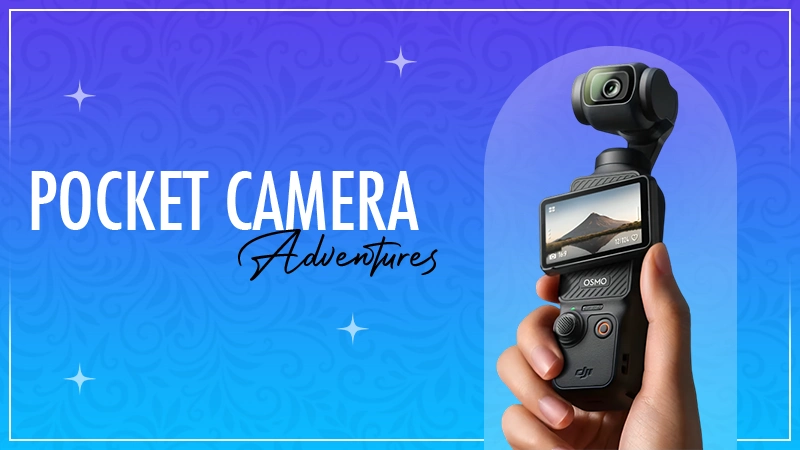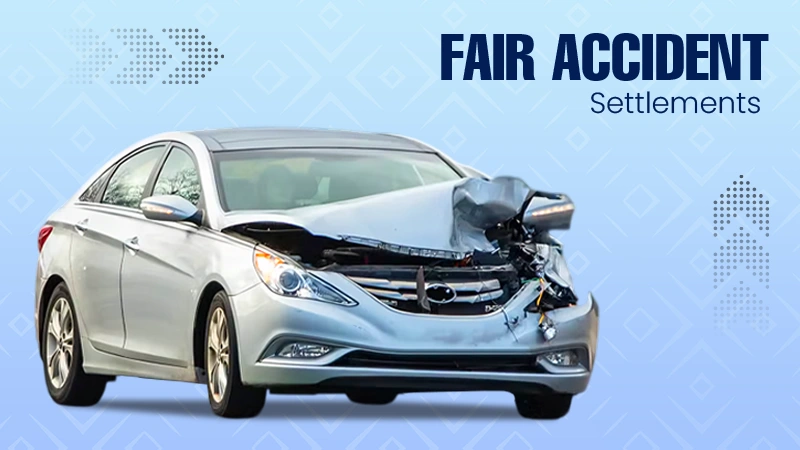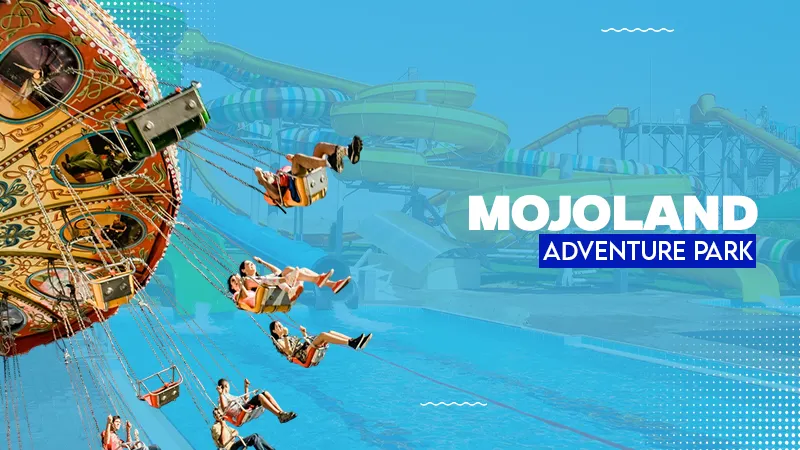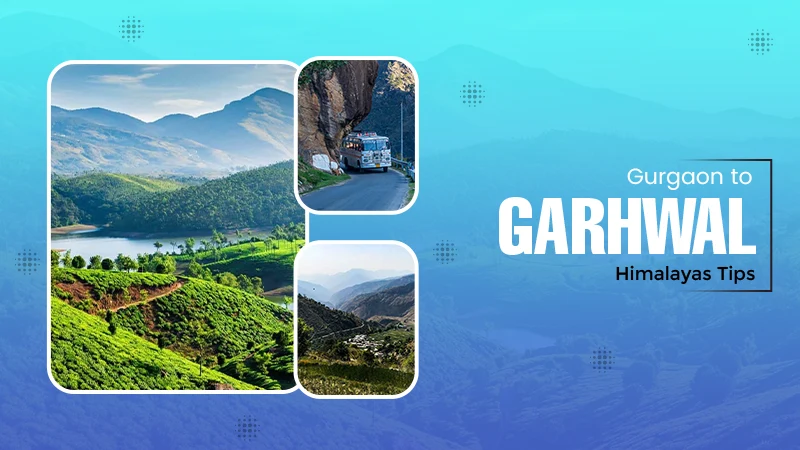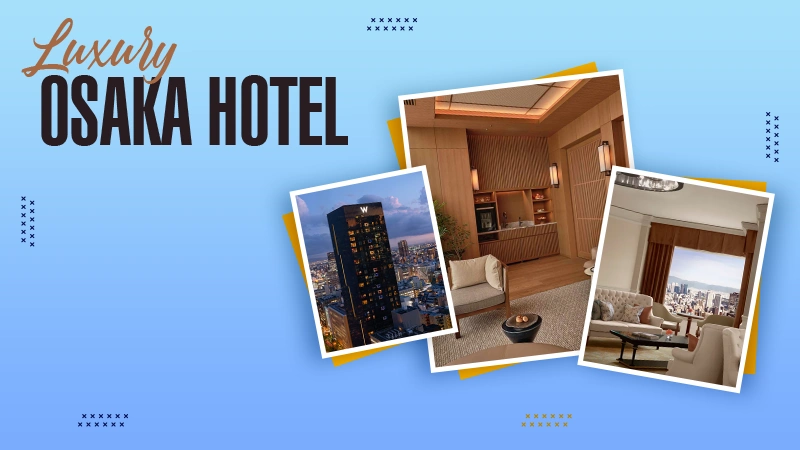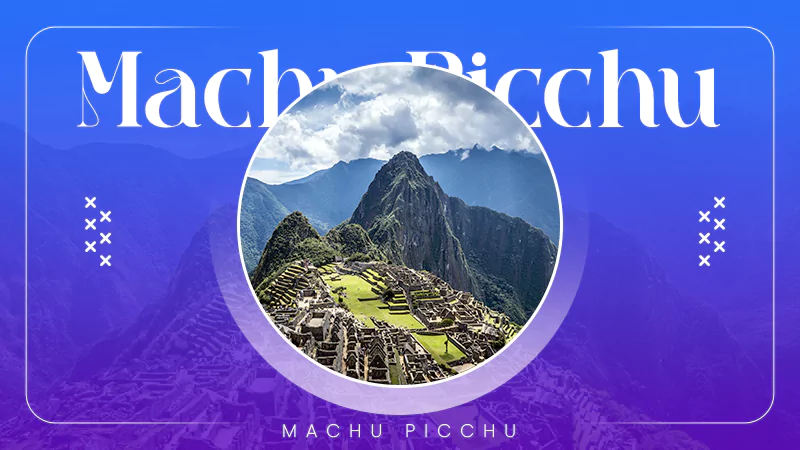
Long before the first regular visitors file through the new QR-code gates, a small handful of travellers gather at the Guardian House terrace. The sky is still inky, the lamps of Aguas Calientes glimmer far below, and the contours of the Andes feel almost unreal in the half-light. Then the sun edges above Huayna Picchu, turning grey stone to liquid gold for a few fleeting minutes. Seeing the Inca sanctuary at this hour is extraordinary on any itinerary, but doing so on a fully private programme adds layers of comfort, access and meaning that public schedules simply cannot equal.
Why aim for sunrise?
Peruvian authorities now regulate visits with ten ticket categories and strict time windows to protect the citadel. The first entry slot opens at 06:00 AM, giving early guests cooler temperatures, softer light, and up to 150 minutes inside the site, ample time if your guide designs an efficient route. Because guards monitor circuits closely and late departures can trigger penalties for operators, a private dawn visit eliminates the stress of negotiating crowds or missing key viewpoints. It also allows photographers to capture an almost empty Main Plaza, a scenario that standard midday groups rarely enjoy. For those seeking luxury Peru vacations, such exclusive experiences, tailored by expert guides and timed to perfection, offer a serene and elevated way to explore this iconic wonder.
A Seamless Arrival into Altitude
Most elite journeys begin on a chartered jet or first-class commercial cabin into Cusco (3,399 m). The altitude can feel abrupt, so many travellers transfer directly to lower elevations in the Sacred Valley for gentle acclimatisation. A dedicated driver meets the aircraft steps, manages baggage and supplies oxygen if needed. Within 90 minutes guests are sipping muña tea at a private hacienda near Urubamba, surrounded by terraced fields and snow-tipped peaks. The day unfolds at leisure: a walk along the Vilcanota River, a session with a local weaving collective or an open-air Andean sound bath under a thatched pavilion.
Luxury lodges such as Six Senses Valle Sagrado (opening 2026) or existing icons like Belmond Rio Sagrado cater to parties seeking buyouts of stand-alone villas. Key advantages include discreet security, tailored menus that address dietary schemes, and staff-to-guest ratios that approach three-to-one during high season. On the evening before the Machu Picchu visit, your guide reviews entry regulations, circuits and contingency plans with the precision of a climbing briefing.
Life in the Sacred Valley—private style
Days in the valley strike a balance between cultural learning and restorative quiet. Instead of joining large coach tours, travellers can enjoy a privately curated visit to the salt pans of Maras before the gates open to the public, meeting a fourth-generation family who still harvests salt by hand. At Moray’s concentric terraces, an archaeologist explains adaptive farming techniques that once supported an empire. For lunch, an acclaimed Cusco chef prepares a wood-fired meal in a secluded orchard; every ingredient—quinoa, trout, purple corn—comes from within a few kilometres.
Evenings may feature a pisco tasting led by a master distiller or a bespoke stargazing session overseen by an astronomer who links Inca constellations with modern navigation. None of these moments requires the words “exclusive” or “VIP” on the schedule—the silence, the freedom to move at your own pace and the depth of expertise make the privilege self-evident.
Logistics of the dawn entry
Reaching the citadel before sunrise involves careful timing. Current regulations assign visitors to specific circuits with clear start and exit times; guards now scan tickets at several control points, and total daily capacity hovers around 4,500 to 5,600 depending on season. For a private group, the simplest path is the first shuttle bus leaving Aguas Calientes at 05:30 AM, or for the ultimate splurge, a 25-minute helicopter transfer to a helipad in the valley followed by a closed-door minibus for the final ascent.
Tickets sell out months ahead, especially for Circuit 2 (the so-called Classic Route with the postcard view). New 2025 rules require passports at booking and at the gate, and they limit re-entry once you exit. A specialist operator therefore secures permits as soon as they publish—typically 120 days in advance—then fine-tunes the itinerary around that confirmation. Porters bring a light breakfast so guests can focus on the site rather than queuing at the small café. Tripods are banned, but a private photographic guide knows stable stone ledges that replicate a tripod’s angle without violating park rules.
The sunrise moment
As dawn develops, low clouds drift across the valley, splitting the light in unexpected ways. Llamas graze quietly on terraces, the air smells of eucalyptus, and for a brief span you may hear nothing except distant river water. Your guide explains the solar alignment that persuaded Hiram Bingham in 1911 that the city held ceremonial importance. They point out details unnoticed by casual visitors: graffiti dating to the 1920s, drainage systems that have prevented collapse for centuries, and recent conservation work that keeps delicate walls intact despite six-figure annual footfall.
Because the early slot grants extra breathing room, there is time to linger at lesser-known structures such as the Quarry or the Temple of the Condor, away from the more familiar postcard vista. Once the light turns harsh, you exit through the lower gate with fresh memories and unhurried images stored on your camera’s memory card.
After the citadel
Many private guests reserve a courtyard table at Belmond Sanctuary Lodge—the only hotel by the entrance—for a late breakfast of cacao-infused oats, warm tamales and freshly pressed maracuyá juice. Others descend to Aguas Calientes for the short walk to the station and board the Belmond Hiram Bingham or Inca Rail’s Private carriage. Fine linen, live Peruvian guitar and an open bar replace the standard commuter atmosphere. National Geographic describes these carriages as among the best ways to appreciate the Sacred Valley by rail thanks to full-height windows and gourmet menus.
Back in the valley, spa appointments and gentle hikes fill the afternoon. Some travellers commission a quechua language lesson with a local teacher, turning passive sightseeing into meaningful dialogue.
Sustainability and cultural respect
Luxury no longer means excess for its own sake; it means thoughtful access that benefits host communities and landscapes. Reputable operators limit single-use plastics, hire staff locally, and contribute to preservation funds that finance trail maintenance and archaeological research. They also schedule visits to social enterprises—such as textile collectives or agricultural training farms—so spending circulates within the valley rather than leaking to distant corporate offices.
The citadel itself remains fragile. By travelling in a smaller private group, visitors reduce congestion and allow park management to spread footfall more evenly throughout the day. Paying for premium services can in fact support heritage protection, provided the spending aligns with conservation priorities.
Practical planning tips
- Lead times: Aim to confirm dawn entry tickets at least four months ahead, longer for June–August.
- Health: Consult your physician about altitude medication even if you plan to sleep below 2,800 m; the trip still involves high passes.
- Packing: Layers are essential—temperatures swing from near-freezing pre-sunrise to 25 °C by midday. Rain showers occur year-round.
- Insurance: Choose a policy that covers helicopter evacuation should weather disrupt rail service.
- Connectivity: Mobile data is patchy in the valley. Many private villas supply satellite Wi-Fi; confirm in advance if your work demands real-time access.
- Language: Consider hiring a bilingual Andean historian rather than a generic guide to deepen context.
Choosing the right partner
Dozens of companies advertise upscale Andean trips, but only a handful specialise in authentic private programmes with respected local connections. Look for membership in organisations such as the Adventure Travel Trade Association, rigorous sustainability audits and tours led by credentialed archaeologists. Independent reviews and personal referrals remain invaluable shortcuts to quality.
Final thoughts
Sunrise at Machu Picchu is not just a postcard moment; it is a short window in which geography, light and silence combine to reveal why the Incas chose this improbable ridge for their sanctuary. Experiencing that hour in privacy, guided by experts and supported by a logistics team that removes every hurdle, turns a once-in-a-lifetime visit into a benchmark for future journeys. The Sacred Valley will always welcome curious travellers, but those who plan ahead, travel responsibly and invest in knowledgeable partners will find the experience elevated well beyond the ordinary.

